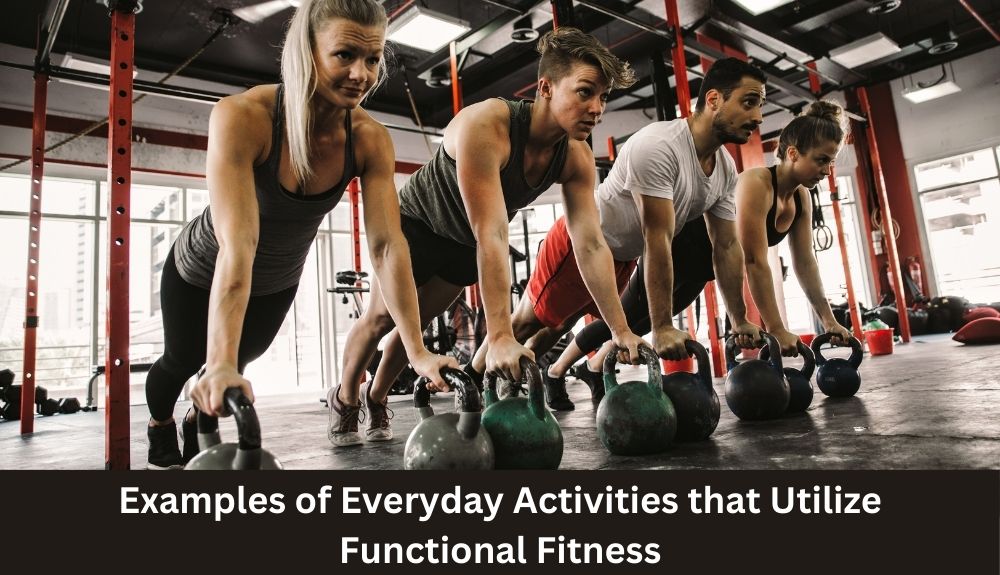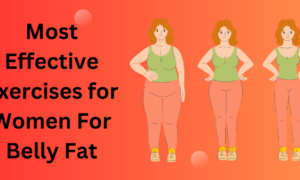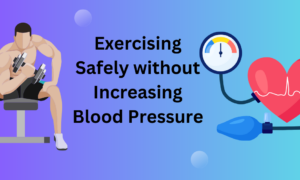Are you tired of traditional gym workouts that feel disconnected from your everyday life? If so, it’s time to shake things up with functional fitness! Imagine exercising in a way that not only improves your strength and flexibility but also enhances your ability to tackle daily tasks with ease. In this blog post, we’ll explore the exciting world of functional fitness and show you how to incorporate it seamlessly into your daily routine. Say goodbye to mundane workouts and hello to a more dynamic approach to staying fit!
What is Functional Fitness?
Functional fitness focuses on training your body to perform real-life movements and activities with more efficiency and ease. Unlike traditional gym workouts that isolate specific muscles, functional exercises target multiple muscle groups simultaneously. This approach helps improve overall strength, balance, coordination, and flexibility in a way that directly translates to daily tasks.
By mimicking everyday movements like bending, lifting, twisting, and reaching, functional fitness prepares your body for the physical demands of life outside the gym. Whether you’re carrying groceries up the stairs or playing with your kids at the park, functional exercises help you move better in all aspects of life.
Additionally, functional fitness can enhance core stability and joint mobility while reducing the risk of injury during routine activities. So if you want to feel stronger, more agile, and ready for whatever challenges come your way – incorporating functional fitness into your routine is the way to go!
Benefits of Incorporating Functional Fitness
Functional fitness offers a plethora of benefits that go beyond just physical appearance. By incorporating functional movements into your routine, you can improve your overall strength, balance, and flexibility. This type of exercise focuses on movements that mimic everyday activities, making it highly practical for real-life situations.
One major advantage of functional fitness is its ability to enhance your daily functioning. It helps you perform tasks with ease and reduces the risk of injuries by strengthening muscles used in daily activities like bending, lifting, or reaching. Moreover, functional exercises engage multiple muscle groups simultaneously rather than isolating specific muscles like traditional workouts do.
Incorporating functional fitness can also boost your coordination and stability, which are crucial for maintaining good posture and preventing falls as you age. Additionally, this form of training can increase your cardiovascular endurance and promote better mobility in joints – key components for living an active lifestyle.
By regularly including functional exercises in your workout regimen, you will not only see improvements in your physical health but also experience enhanced performance in various aspects of life.
Different Types of Functional Exercises

Functional exercises can vary in form and focus, making them versatile for different fitness goals. One type of functional exercise is stability exercises, which help improve balance and coordination by engaging core muscles. These can include standing on one leg or using a stability ball during workouts.
Another category of functional exercises is mobility exercises that aim to enhance flexibility and joint range of motion. Movements like hip circles or shoulder rotations fall under this group. Strength-based functional exercises involve compound movements targeting multiple muscle groups simultaneously, such as squats or lunges with weights.
Cardiovascular-focused functional exercises incorporate dynamic movements that elevate heart rate and boost endurance levels. Examples include burpees, mountain climbers, or jumping jacks. Integrating a variety of these types of functional exercises into your routine can lead to overall strength, agility, and improved daily functionality without the need for complex gym equipment.
How to Create a Functional Fitness Routine
Creating a functional fitness routine doesn’t have to be complicated. Start by identifying your goals and what activities you enjoy. Consider incorporating exercises that mimic real-life movements, such as squats, lunges, and planks.
To ensure a well-rounded routine, focus on different areas of fitness like strength training, flexibility, balance, and cardiovascular endurance. Mix up your exercises to keep things interesting and challenge your body in new ways.
Set realistic and achievable goals for yourself while allowing room for progression over time. Consistency is key – aim to work out regularly but also listen to your body’s needs and rest when necessary.
Don’t forget the importance of proper form during exercises to prevent injuries. It’s also beneficial to seek guidance from a fitness professional or trainer if you’re unsure about where to start or how to progress safely.
Stay motivated by tracking your progress, celebrating small victories along the way, and finding workout buddies or online communities for support and accountability. Remember that every step towards a healthier lifestyle counts!
Tips for Staying Motivated
Keeping up with a functional fitness routine requires dedication and motivation. One tip to stay on track is to set specific, achievable goals for yourself. Whether it’s increasing your flexibility, improving your balance, or getting stronger, having clear objectives can help you stay focused.
Another way to stay motivated is by mixing up your workouts. Trying different exercises not only keeps things interesting but also challenges your body in new ways. This can prevent boredom and plateaus in progress.
Creating a schedule and sticking to it can also help you stay consistent with your functional fitness routine. Treat your workout appointments like any other commitment – prioritize them and make time for them in your daily schedule.
Additionally, finding a workout buddy or joining a class can provide accountability and support. Having someone else to exercise with can make the process more enjoyable and encourage healthy competition.
Remember to celebrate small victories along the way. Recognizing and rewarding yourself for reaching milestones will keep you motivated to continue pushing towards your fitness goals.
Examples of Everyday Activities that Utilize Functional Fitness

From the moment you wake up and step out of bed, you are already engaging in functional fitness. The simple act of squatting down to tie your shoelaces or reaching up to grab something from a high shelf is utilizing functional movements that keep your body agile and strong.
Walking or biking to work instead of driving not only reduces your carbon footprint but also incorporates cardio and lower body strength training into your daily routine. Carrying groceries, lifting children, or even gardening all involve functional movements that mimic real-life activities.
Household chores like vacuuming, mopping, or scrubbing require bending, twisting, pushing, and pulling motions that engage various muscle groups. Even playing with pets or chasing after kids at the park can be considered forms of functional exercise that improve balance and coordination.
By recognizing these everyday activities as opportunities for functional fitness, you can seamlessly integrate movement into your day without needing a formal workout regimen.
Conclusion
Incorporating functional fitness into your daily life can have a significant impact on your overall well-being and quality of life. By focusing on exercises that mimic real-life movements, you can improve your strength, flexibility, balance, and coordination.
The benefits of functional fitness are vast – from enhancing everyday activities to reducing the risk of injury. With a variety of exercises to choose from and the flexibility to tailor your routine to suit your needs, there’s no reason not to start incorporating functional fitness into your daily life.
So why wait? Start reaping the benefits today by creating a functional fitness routine that works for you. Stay motivated with consistency and dedication, and soon enough, you’ll notice improvements in how you move and feel in all aspects of your life. Remember, small steps lead to big changes – so take that first step towards a healthier, more active lifestyle through functional fitness!





















